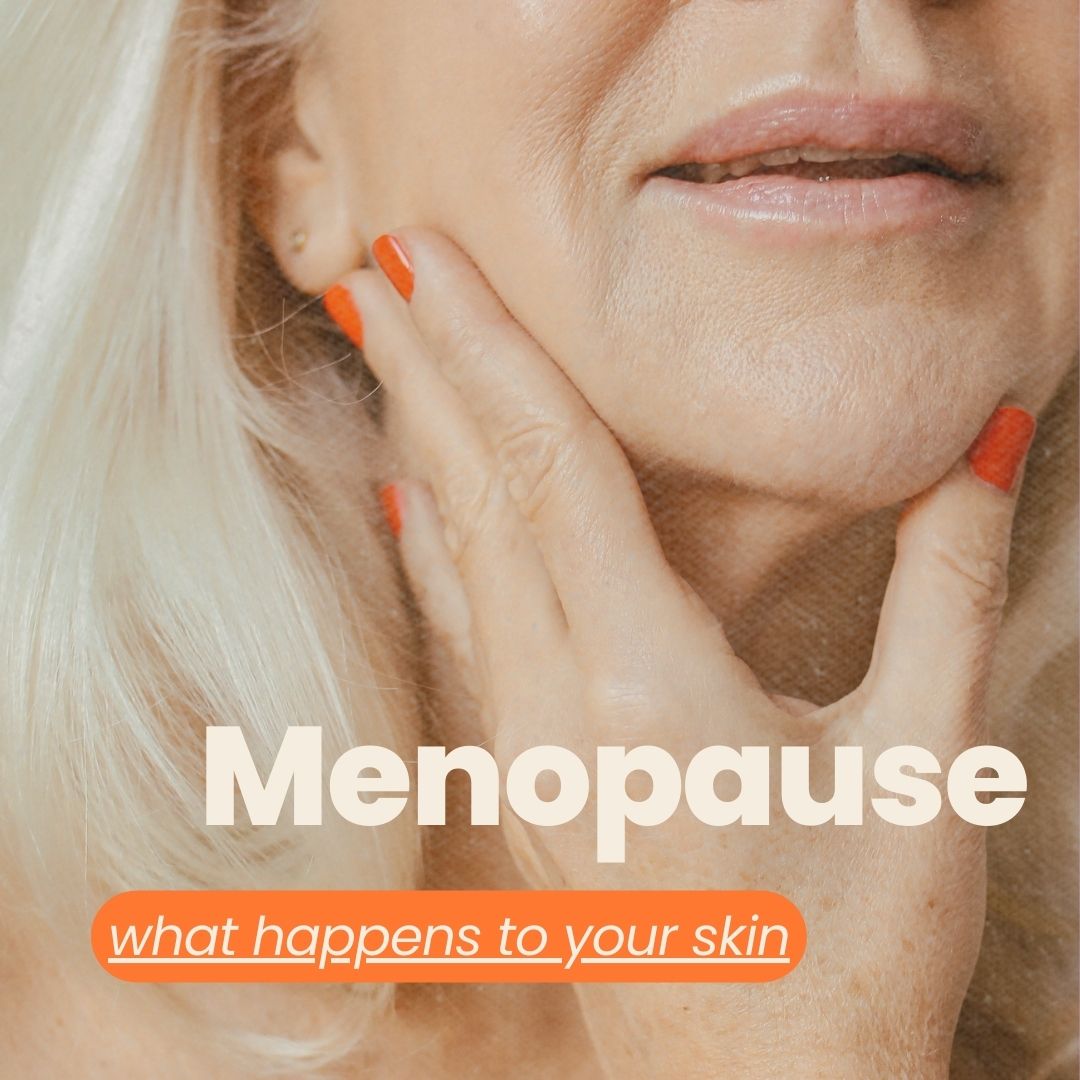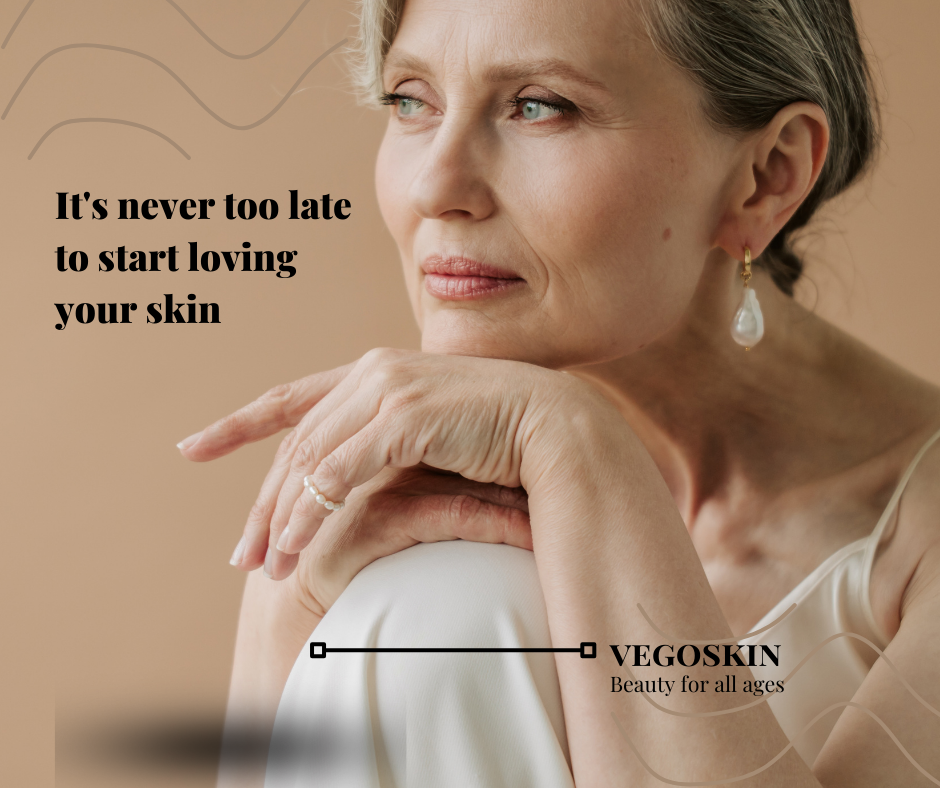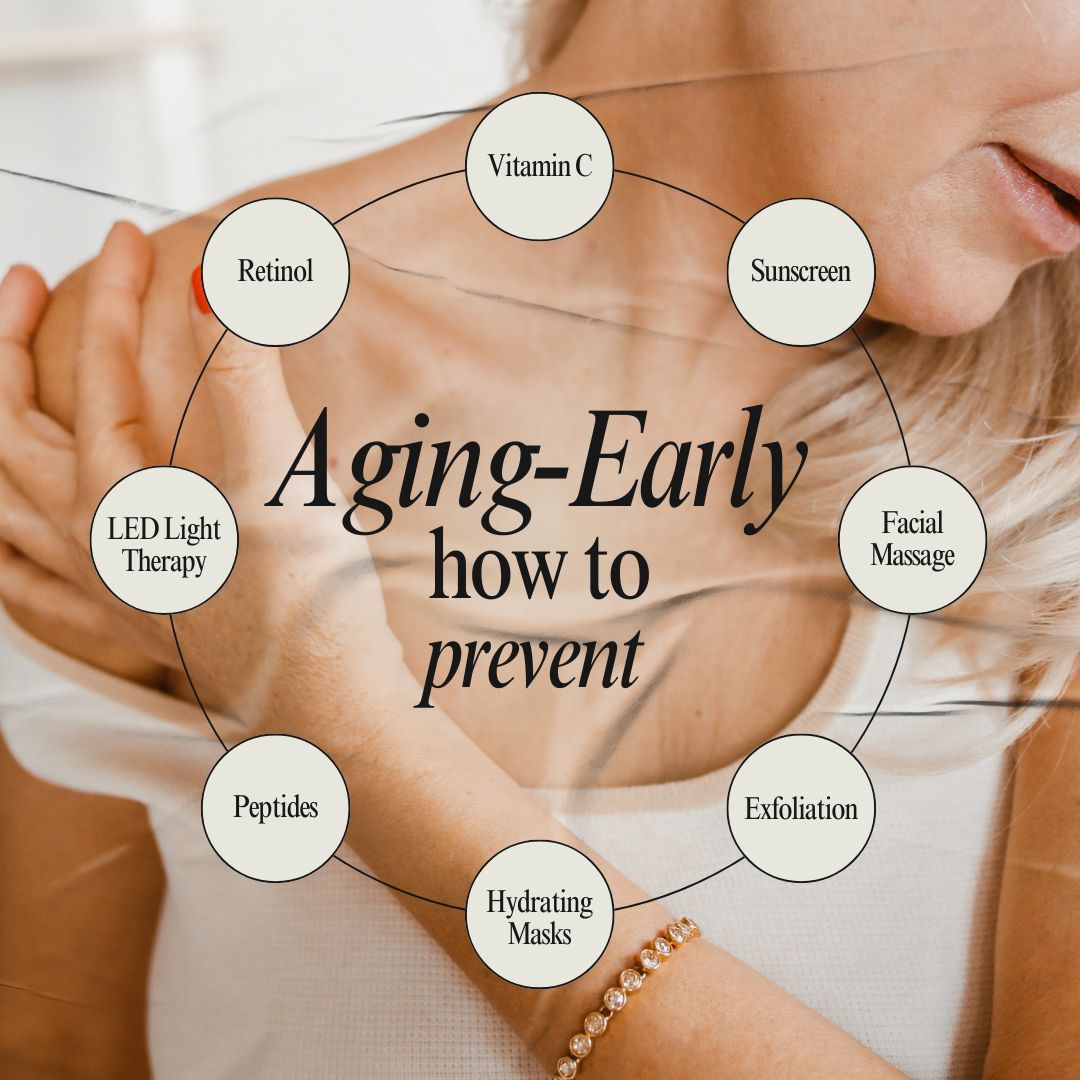Menopause And Your Skin: Everything You Need To Know
Menopause is a natural stage in a woman’s life, typically occurring between the ages of 45 and 55, signaling the conclusion of menstrual cycles. It’s a time of significant hormonal shifts, with estrogen and progesterone levels declining, which can affect nearly every part of the body—including your skin. If you’ve noticed changes in your complexion, texture, or hydration levels as you navigate this transition, you’re not alone. Understanding Menopause And Your Skin: Everything You Need To Know can help you feel empowered to care for your skin with confidence and grace.
In this article, we’ll explore how menopause impacts your skin, why these changes occur, and what you can do to maintain a healthy, radiant complexion. From dryness to acne flare-ups, we’ll cover it all in a way that feels like a conversation with a trusted friend. So, grab a cup of tea, and let’s dive into this comprehensive guide.
Menopause And Your Skin: Everything You Need To Know
Why Does Menopause Affect Your Skin?
To understand What Happens To Your Skin During Menopause? A Complete Guide, we need to start with the role of hormones. Estrogen, in particular, is a key player in maintaining skin health. It supports collagen production, keeps skin hydrated, and regulates oil production. As estrogen levels drop during menopause, several changes can occur:
-
Collagen Loss: Collagen, the protein responsible for skin’s firmness and elasticity, declines significantly. Studies suggest that women can lose up to 30% of their skin’s collagen in the first five years post-menopause, leading to sagging and fine lines.
-
Reduced Oil Production: Sebaceous glands produce less oil, which can result in dryness and a dull complexion.
-
Thinner Skin: The skin’s outer layer (epidermis) thins, making it more prone to irritation and bruising.
-
Slower Cell Turnover: The rate at which your skin renews itself slows, contributing to a rougher texture.
These changes don’t happen overnight, and their intensity varies from person to person. For some, menopause might bring subtle shifts, while others notice dramatic differences. Either way, knowing what’s happening beneath the surface can help you address these changes proactively.
Common Skin Changes During Menopause
Let’s break down the most common skin concerns you might encounter during menopause. Each one ties back to those hormonal fluctuations, but don’t worry—we’ll also share practical tips to manage them.
1. Dryness and Dehydration
One of the first things many women notice is that their skin feels parched, no matter how much water they drink. Without estrogen to stimulate oil production, your skin’s natural moisture barrier weakens. This can lead to flakiness, itchiness, and a tight feeling, especially after cleansing.
What You Can Do:
-
Switch to a gentle, hydrating cleanser to avoid stripping natural oils. Look for ingredients like glycerin or hyaluronic acid.
-
Layer on a rich moisturizer twice daily. Products with ceramides or fatty acids help rebuild the skin barrier.
-
Don’t skip the humectants. A serum with hyaluronic acid can draw moisture into the skin, keeping it plump.
-
Use a humidifier at night to add moisture to the air, especially in dry climates or during winter.
2. Wrinkles and Sagging
As collagen and elastin break down, fine lines deepen, and skin may start to sag, particularly around the jawline and cheeks. This is a natural part of aging, but menopause accelerates the process.
What You Can Do:
-
Incorporate retinol or retinoids into your nighttime routine. These vitamin A derivatives boost collagen production and speed up cell turnover. Start with a low concentration to avoid irritation.
-
Protect your skin with broad-spectrum SPF 30+ every day. UV rays break down collagen faster, so sunscreen is non-negotiable.
-
Try facial exercises or massage techniques to improve circulation and tone. A quick five-minute routine can make a difference over time.
-
Consider peptides in your skincare. They signal your skin to produce more collagen, acting like a gentle nudge.
3. Acne and Breakouts
Surprised to see pimples in your 50s? You’re not imagining it. Hormonal imbalances during menopause can cause androgen dominance, leading to increased oil production in some areas and breakouts, especially along the chin and jawline.
What You Can Do:
-
Use a salicylic acid cleanser or treatment to unclog pores and reduce inflammation.
-
Avoid heavy, pore-clogging creams on breakout-prone areas. Opt for non-comedogenic products instead.
-
Spot-treat pimples with benzoyl peroxide or tea tree oil for a natural alternative.
-
Consult a dermatologist if the acne persists. They might recommend hormonal treatments or topical prescriptions.
4. Hyperpigmentation and Age Spots
Dark spots or uneven skin tone can become more noticeable during menopause. Declining estrogen makes skin more susceptible to sun damage, and years of UV exposure start to show up as pigmentation.
What You Can Do:
-
Apply a vitamin C serum daily to brighten the skin and fade dark spots. Pair it with sunscreen for maximum protection.
-
Exfoliate gently with alpha hydroxy acids (AHAs) like glycolic acid to remove dead skin cells and even out tone.
-
Consider niacinamide, a multitasking ingredient that reduces pigmentation and soothes redness.
-
For stubborn spots, talk to a dermatologist about laser treatments or chemical peels.
5. Sensitivity and Irritation
Thinner skin and a weakened barrier mean your skin might react to products or environments that never bothered you before. Redness, stinging, or rosacea-like symptoms can flare up.
What You Can Do:
-
Stick to fragrance-free and hypoallergenic products to minimize irritation.
-
Test new products on a small patch of skin before applying them to your face.
-
Soothing inflammation with aloe vera, chamomile, or Centella asiatica.
-
Avoid hot showers, which can strip moisture and worsen sensitivity.
Lifestyle Factors That Impact Menopausal Skin
Your skin doesn’t exist in a vacuum—what you eat, how you sleep, and how you manage stress all play a role. Here’s how to support your skin from the inside out.
Nutrition for Glowing Skin
A balanced diet can work wonders. Focus on:
-
Omega-3 fatty acids (found in salmon, walnuts, and flaxseeds) to support hydration.
-
Use antioxidants like vitamins C and E (think berries, spinach, and almonds) to fight free radical damage.
-
Collagen-boosting foods such as bone broth, citrus fruits, and leafy greens.
-
Hydration—Aim for at least eight glasses of water daily, and add hydrating foods like cucumber and watermelon.
Cut back on sugar and processed foods, which can trigger inflammation and worsen breakouts.
Sleep and Skin Repair
Sleep is when your skin does its best repair work. Menopause can disrupt sleep with night sweats or insomnia, so try:
-
A cool bedroom environment (around 65°F) to reduce hot flashes.
-
Breathable cotton bedding to stay comfortable.
-
A consistent bedtime routine signals your body that it’s time to wind down.
-
Magnesium supplements or herbal teas like chamomile to promote relaxation (consult your doctor first).
Stress Management
Chronic stress spikes cortisol, which can break down collagen and trigger breakouts. Incorporate:
-
Meditation or deep breathing for five minutes daily.
-
Yoga or gentle stretching to relax your body and mind.
-
Hobbies that bring joy, whether it’s gardening, painting, or reading.
Skincare Routine for Menopausal Skin
Building a routine tailored to menopausal skin doesn’t have to be complicated. Here’s a simple, effective plan:
Morning:
-
Cleanse: Use a hydrating cleanser to remove overnight oils without stripping.
-
Treat: Apply a vitamin C serum or niacinamide to brighten and protect.
-
Moisturize: Layer on a lightweight cream with hyaluronic acid or ceramides.
-
Protect: Finish with broad-spectrum SPF 30+.
Evening:
-
Double Cleanse: Start with a cleansing oil or balm, followed by your hydrating cleanser.
-
Treat: Use retinol (2-3 times a week) or a peptide serum.
-
Moisturize: Opt for a richer night cream to lock in hydration.
-
Optional: Add a facial oil for extra nourishment.
Weekly:
-
Exfoliate 1-2 times with a gentle AHA or enzyme-based product.
-
Use a hydrating mask with ingredients like honey or avocado.
When to See a Dermatologist
While many changes can be managed at home, some warrant professional advice. Reach out to a dermatologist if you experience:
-
Persistent acne that doesn’t respond to over-the-counter treatments.
-
Severe dryness or irritation that disrupts daily life.
-
Sudden changes in moles or new growths.
-
Significant sagging or pigmentation you’d like to address with advanced treatments.
A dermatologist can recommend options like hormone replacement therapy (HRT), microneedling, or prescription retinoids, tailored to your needs.
Embracing Your Skin’s New Chapter
Menopause is a time of transformation, and your skin is part of that journey. While the changes can feel daunting, they’re also an opportunity to reconnect with yourself and prioritize self-care. By understanding What Happens To Your Skin During Menopause? A Complete Guide, you’re equipped to make choices that enhance your natural beauty.
Every wrinkle tells a story of laughter, every age spot a memory of sunny days. With the right tools—hydrating skincare, a nutrient-rich diet, and a sprinkle of self-love—you can navigate this phase with confidence. Your skin may be changing, but it’s still uniquely, beautifully yours.
Final Thoughts
Navigating menopausal skin changes doesn’t mean chasing youth—it’s about feeling comfortable and vibrant in the skin you’re in. From tweaking your skincare routine to embracing lifestyle habits that nourish you inside and out, small steps can lead to big results. We hope this guide has shed light on Menopause And Your Skin: Everything You Need To Know and inspired you to approach this phase with curiosity and care.
Have you noticed changes in your skin during menopause? What’s worked for you? Share your thoughts—we’re all in this together!



